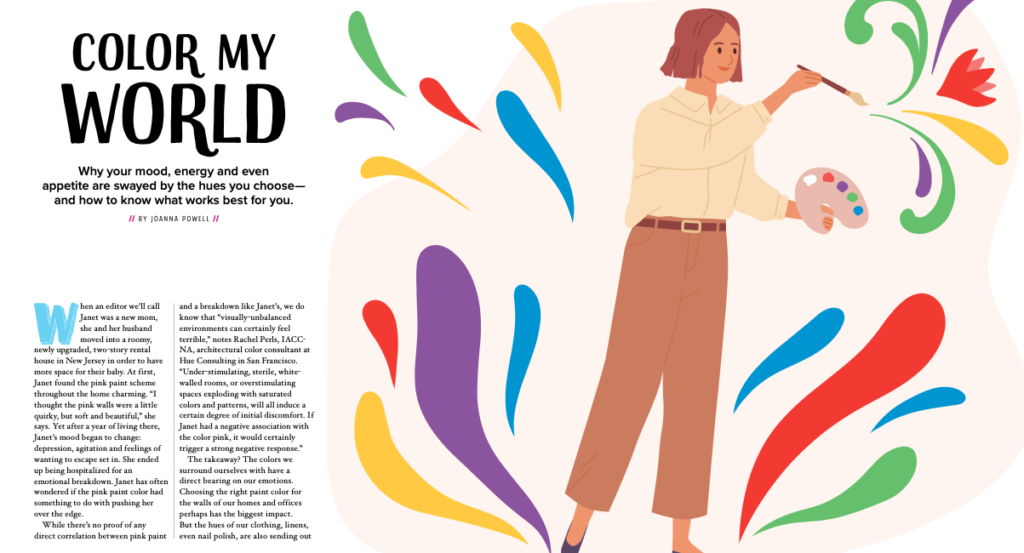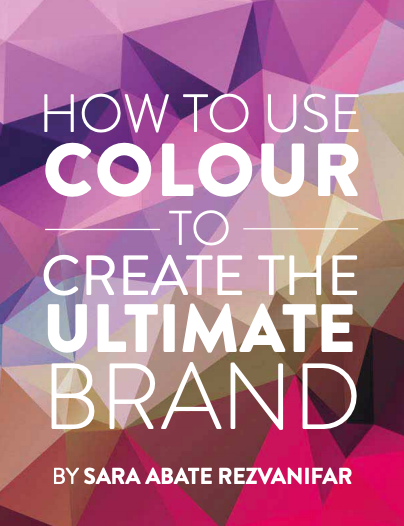Why your mood, energy and even appetite are swayed by the hues you choose — and how to know what works best for you.
I was interviewed for the Mindfulness Journal where I shared my knowledge of colors and their effect on us…

“It might not seem like much on the surface. But, choosing the right colors for your home can make a bigger difference in how you feel than you probably think,” says Sara Abate Rezvanifar, BDes, of Ambience Design Group.
The colors we surround ourselves with have a direct bearing on our emotions. Choosing the right paint color for the walls of our homes and offices, as well as our brands, has the biggest impact.
Science says colors can excite us, energize us and relax us, among other emotions—a dramatic impact from something we don’t give a lot of thought.
“The colors of your home interior can directly impact your mental health—in either a positive or negative way. For example, having a lot of bright red can make you feel more anxious and easily irritable. Soft blues, on the other hand, can provide a calming environment.” – Sara Abate Rezvanifar
In other studies, color researchers found that certain shades have an effect on shopping choices of consumers—something marketers employ to send subliminal messages to the brain. One of the most notable examples is the so-called “ketchup and mustard theory” used by McDonald’s, Wendy’s and In-N-Out Burger. Yellow and orange are colors known to make people feel hungry. The color red is associated with emotion and passion. So, to arouse hunger, the colors yellow, orange and red appear generously on fast food signage, packaging and menus.
“Color is so powerful, it is even sometimes used for therapeutic purposes as a holistic treatment,” notes Abate Rezvanifar. “For example, red can stimulate circulation while blue can soothe aches and pains. It’s also used to help with mental health conditions.”
RED

Beyond triggering the basic biological response of red=fire=beware, red is an excitable hue that raises energy levels. “It’s good for home offices or an entryway,” says Abate Rezvanifar. Because red can cause agitation, it’s best avoided in the bedroom, where you want to enhance harmony and calm to encourage a good night’s rest.
YELLOW

This warm, sunny hue evokes “happiness and positive energy,” says Abate Rezvanifar, “making it wonderful for kitchens.”
PURPLE

Purple is a very polarizing color, perhaps because it’s made up of a combination of opposites: red and blue. “It’s often associated with positive feelings, which makes it great for a dressing room or hallways,” suggests Abate Rezvanifar.
Check out the effects of all the colors in the full article HERE.
